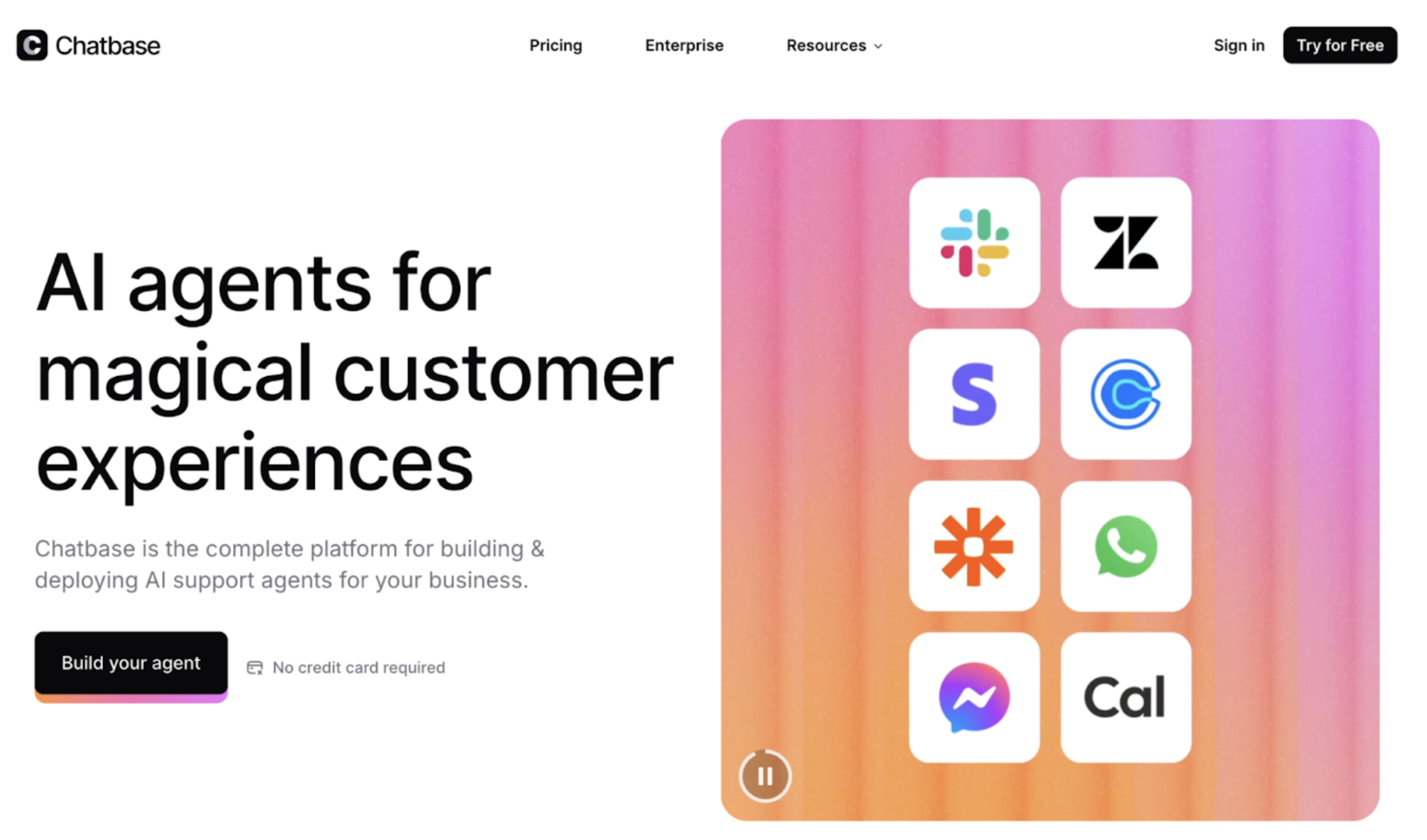When it comes to promoting your business on Instagram, it’s natural to focus on innovative ways to enhance your posts and increase engagement. However, for many Instagram marketers, likes and comments are secondary to achieving broader marketing objectives. After all, the goal of promoting your business on Instagram is to drive leads and sales.
But how can you gauge if your Instagram strategy is effective?
It’s not just about likes and comments; the real measure lies in whether users are clicking through to the single live link allowed on your profile. Tracking clickthrough rates and other engagement metrics is essential to understand how Instagram impacts your web traffic and other crucial marketing areas. Utilizing Instagram analytics and tools to track performance is vital for refining your content strategy and optimizing your brand’s account.
Without effective Instagram tracking and business profile insights, accurately assessing your Instagram marketing efforts becomes challenging.
No worries, though—we’re here to help. Below, you’ll find a simple, four-step process for helping you set up Instagram tracking for your brand’s account:
Organic Instagram Growth
Looking to get 1,000+ Real Instagram Followers?
No spam, no fake followers, no bots. Just pure organic growth powered by our cutting edge Artificial Intelligence technology.
- Real and engaging, no bots
- Results within a week
- Safe and secure
Step #1: Shorten Links for your business on Instagram
One of the simplest methods for tracking clicks to your website is to use a basic link-shortening service. Link-shortening services such as Bit.ly and Ow.ly allow users to create shortened versions of their links—even better, they’re usually free.
More importantly, however, these services allow you to track how well these links perform. Here’s a pro tip—by simply adding a “+” sign to the end of your Bit.ly link, you can get the most up-to-date stats on how that link is performing in a matter of seconds.

By measuring the number of clicks a particular link achieves, you gain a better understanding of which link-sharing strategies are driving prospects to your website, and which are ineffective.
* Step #2: Use Google’s UTM Parameters
Of course, we couldn’t talk about tracking your Instagram marketing efforts without mentioning the king of analytics—Google.
Google has a few key analytics offerings that can help you better track your Instagram promotion strategies—UTM parameters is one of the most important. Through its URL Builder tool, Google allows you to add tags to a URL, ensuring that tracking data is sent to Google Analytics when a link is clicked.

UTM parameters can be specifically tailored to track traffic originating from your Instagram account, providing clear insights into its impact on your web traffic. Remember to use a link-shortening service after adding UTM parameters to make the link Instagram-compatible.
Enhancing the effectiveness of UTM parameters involves integrating them with smart goal setting in Google Analytics. Google offers various templates for setting campaign goals swiftly and effectively for your business. By aligning UTM parameters with these goals, you can accurately measure Instagram’s contribution and evaluate its effectiveness alongside other platforms in achieving campaign objectives.
* Step #3: Create a Business Profile
Business profiles on Instagram are a relatively recent addition, and not every company has embraced them for their marketing strategies. However, those sticking to standard Instagram profiles are missing out on crucial analytics available through the business profile’s insights feature.
Instagram’s business insights offer comprehensive statistics, such as total post impressions, reach, and the number of unique users clicking on your profile’s website link. These insights are invaluable for understanding the impact of your marketing efforts and optimizing your strategy for better engagement and conversion rates.

Perhaps even more useful are the insights that allow you to break down your Instagram followers by age, gender, location and even the times they are most commonly online—insights that help you improve your content and posting schedule for better Instagram engagement.
* Step #4: The Importance of Analytics Tools
While the resources mentioned above are valuable, dedicated Instagram analytics tools offer even deeper insights, enabling you to derive actionable strategies for enhancing your team’s approach to Instagram marketing. In 2017, we launched our own analytics platform to monitor both individual post performance and overall account metrics.
In the interim, several other tools can also be beneficial. For instance, Iconosquare facilitates tracking follower fluctuations and compares the performance of various posts and hashtags. Another effective tool is Agorapulse, which tracks daily engagement levels and identifies top-engaging followers.
By leveraging these analytics, you can refine your content strategy to optimize lead generation and sales through your Instagram marketing efforts.
Conclusion
With these tracking tools, and the launch of Kickstagram’s own analytics platform, you’ll be more equipped than ever to understand how promoting your business on Instagram is impacting your company’s bottom line.
Don’t sit idly by, wondering if your Instagram is actually having an effect on your business! Implement the above steps today to accurately quantify the money-making impact of your brand’s Instagram account!
Author

Kaye Sitchon is all about Instagram tools and services that help brands level up their game. She’s got a knack for finding the best resources to make Instagram marketing easier and more effective. When Kaye’s not exploring new tools, she’s likely planning her next travel adventure or diving into a great book!
View all posts






